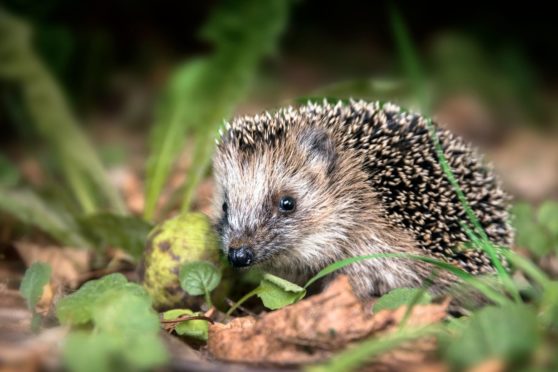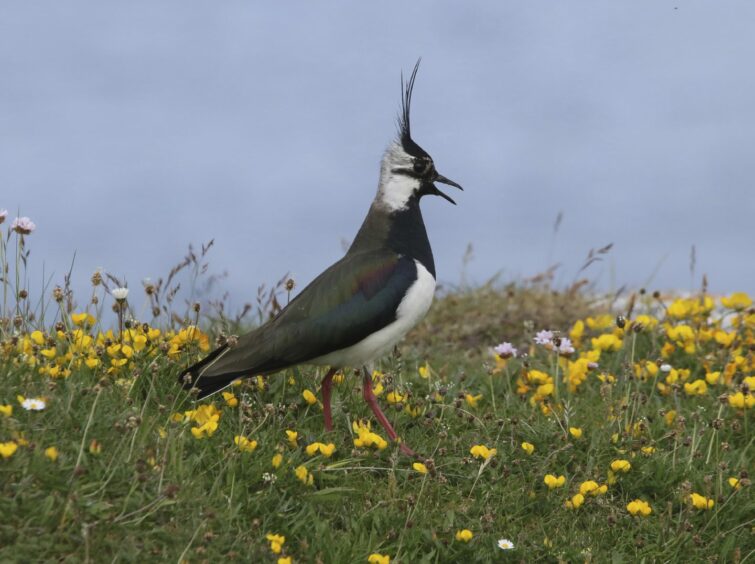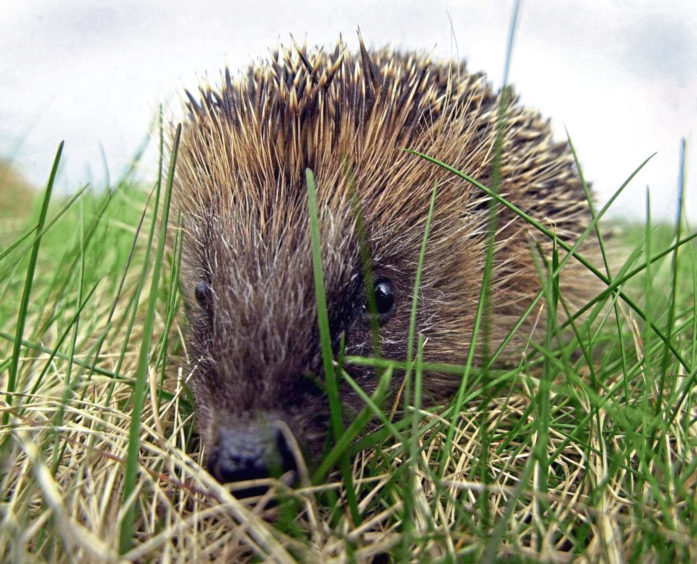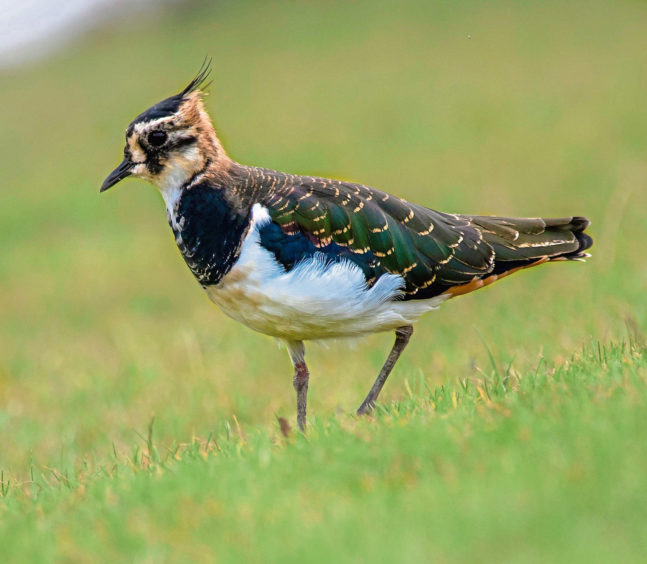Specialist sniffer dogs are being sent to an island known as a vital bird haven – after a hedgehog was found for the first time.
Last week a hedgehog was found dead on the roadside on Barra.
How it arrived on the island is a mystery – though it could have been released by an animal lover unaware of the potential carnage egg-eating hedgehogs could do to ground-nesting birds such as lapwing, snipe and redshank.
It also could have hopped on to an inter island ferry.
Fears have now been raised about the implications for wildlife on Barra, and action is already being taken to prevent hedgehogs settling on the island.
Searches to be carried out
A spokesman for NatureScot said: “We have received a report of a hedgehog killed on the road on Barra which is the first record on the island.
“NatureScot staff will search the areas with trained sniffer dogs and set up a network of live traps to establish whether there more hedgehogs are present. Any hedgehogs caught will be relocated and released in a safe location.
“Releasing mammals on islands can cause great harm to native wildlife and is treated as a serious wildlife crime.”
“Please get in touch of you live on Barra and would like to help out with the search.”
A similar scheme has already been carried out on the neighbouring Uists, costing millions of pounds.
A RSPB spokesman said: “We are very concerned about the impact introduced hedgehogs are having on the fantastic native wildlife of the Uists.
“We are working with NatureScot to investigate whether it is feasible to move them off these islands, including how we might gather the significant resources that would be needed to do it.
“This evidence that hedgehogs are now on Barra is very worrying and shows the importance of biosecurity including surveillance and preventative measures to limit the spread of invasive non-native species.”
NatureScot has appealed to anyone who sees hedgehogs on Barra or North Uist to get in contact with the Uist Wader Project manager.
What’s wrong with hedgehogs?
Hedgehogs are not native to the Outer Hebrides and were introduced to South Uist in 1974. They have spread across the islands and reached a density where they damage wader populations.
Research by NatureScot and RSPB Scotland has shown that hedgehogs eating their eggs is causing significant harm to internationally important populations of ground nesting waders found in the Uists.
The Uist Wader Project has successfully removed hedgehogs from North Uist.
NatureScot and RSPB are now exploring sources of funding, to enable a full scale removal of hedgehogs from the whole of the Uists.
Five years ago it was calculated that it had cost over a £1,000-a-time to remove hedgehogs from North Uist.
Then a new bid for a staggering £3.5m to remove the remaining hedgehogs from the Uists was considered – on top of the £2.7m already spent removing 2,440 of them.
Some estimates say there could be around 4,000 hedgehogs needing to be removed.
The Uists have important colonies of nesting waders in the form of dunlin, ringed plover, redshank, snipe, lapwing and oystercatcher.
But they had been in decline since the mid-1980s partly due to predation by non-native hedgehogs.
Efforts to stem the decline have been in progress since 2004 – initially by culling that caused outrage, including from celebrities like Sir Paul McCartney Joanna Lumley, Sting and Brian May.
Since 2007 the animals have been trapped and translocated to the mainland.
Alien invaders
More than £16m has been spent over the past two decades trying to rid alien invaders from some of Scotland’s wildlife rich islands.
It includes over £6m that is currently being splashed out getting rid of stoats on Orkney.
Since 2007, more than 40,000 grey squirrels, American mink and black rats have been killed humanely under conservation projects.














Conversation